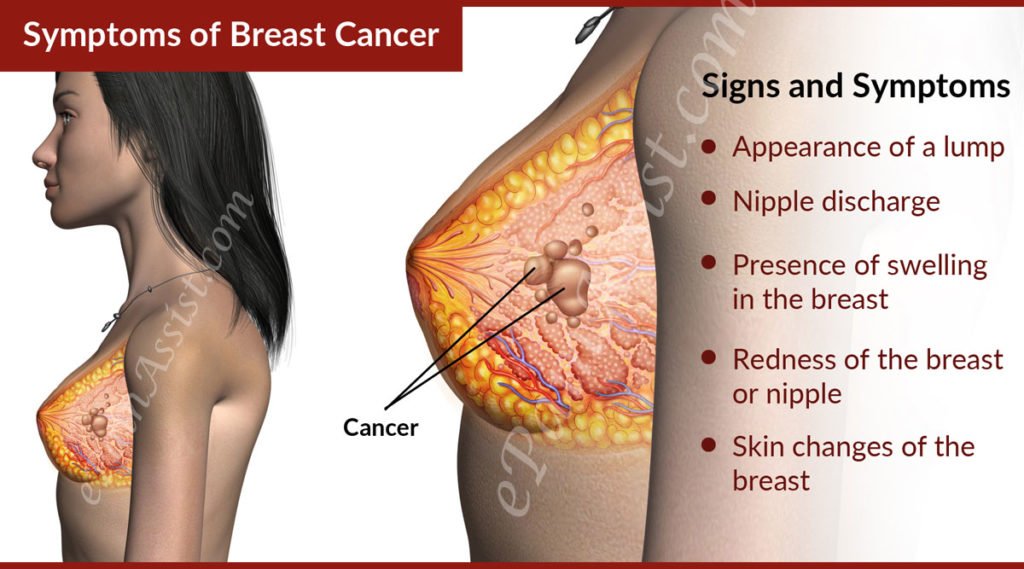Breast cancer statistics have become increasingly worrying: every year, about 2 million women receive this diagnosis (according to 2018 statistics), and this disease is also the leading cause of death among women worldwide.
However, at the bottom of these pessimistic figures, there is also a ray of hope: 70% of cases can be detected and treated to complete healing by a simple self-examination.
Premonitory symptoms that warn of breast cancer
After reaching the age of 20, it is recommended that any woman begins to palpate and do self-examination once a month, one week before menstruation. It is important to remember that the presence of nodules is not necessarily an indicator of breast cancer, but should not be ignored in any case. Moreover, 8 out of 10 nodules are benign or just mammary cysts (sacs filled with fluid); it is always better – when you feel any changes in the breast – to consult a specialist. Most malignant formations that lead to cancer are often painless and uncomfortable to touch, but whatever the case is, if you find a lump in the breast, you have to go for a check. Remember, cancer can be detected clinically for years before manifesting with specific symptomatology.
Although in the fight against breast cancer, most often makes a difference, there are other indicators:
- In the case of inflammatory breast cancer, the symptomatology is like an infection: the breast has inflammation and redness, the skin has brown pigmentation, it may have crusts and peeling or the appearance of an orange peel.
- Breasts can visibly change in size and become drastically asymmetrical.
- Changes in the nipple: they change their shape, the pigmentation becomes more intense and leaks can occur. For women over 50, the nipple may be distorted due to the appearance of enlargement and thickening of the epidermis.
“Nobody in the family had breast cancer, so I don’t have to worry about it” – a wrong preconception.
Although the genetic factor is a significant trigger for the onset of this disease, 80% of breast cancer cases do not have a family history as a risk factor. Currently, age is an increasing danger, so 65-year-old women are twice as likely to be diagnosed with breast cancer than a 40-year-old woman. Similarly, in the period of premenopause (45-49) and postmenopausal, its incidence is much higher. Other risk factors include early menopause (first cycle) – before the age of 12, delayed menopause (after 55) and of course, a negligent, unbalanced lifestyle characterized by excess coffee, tobacco, sedentary lifestyle, and obesity.










